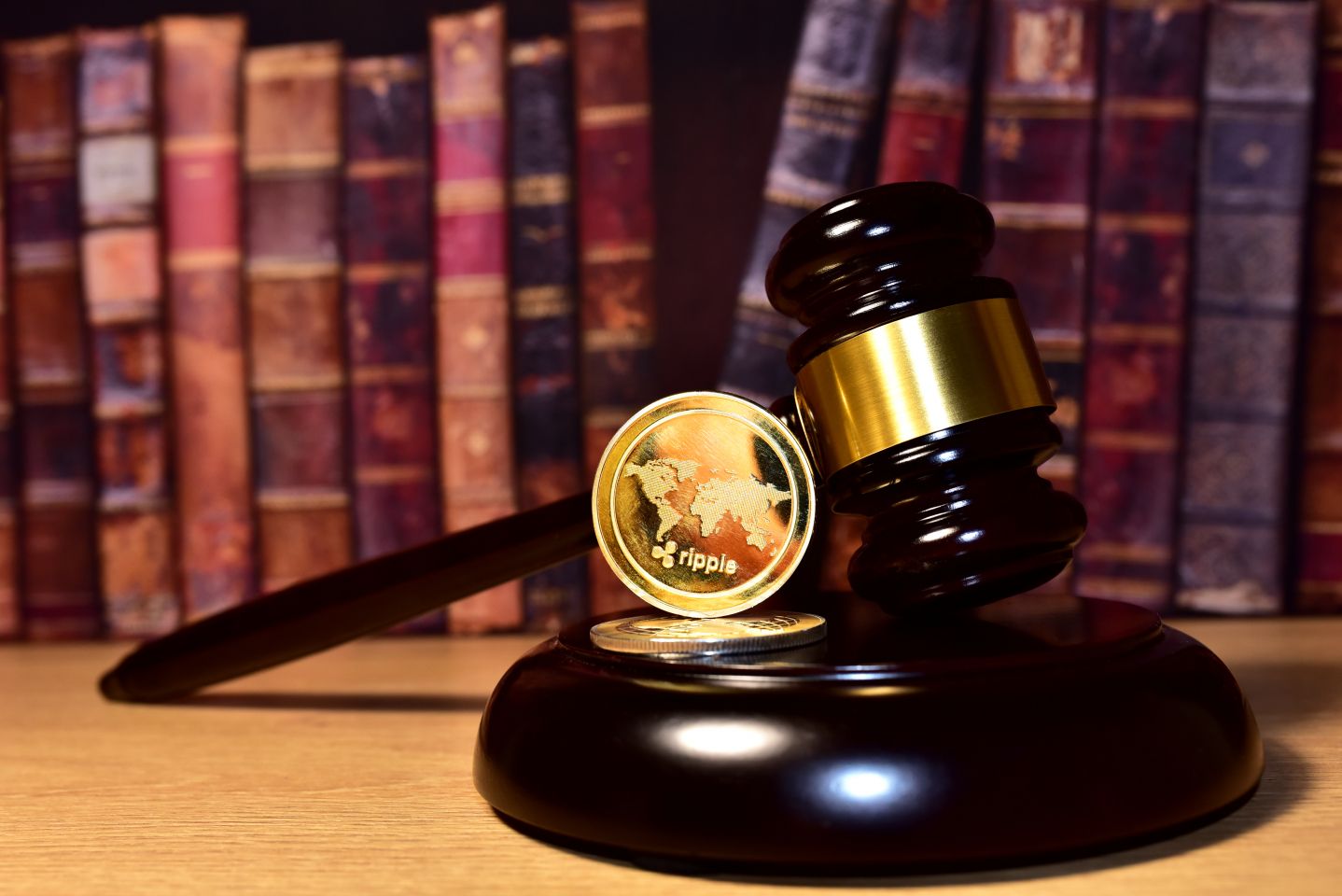Ripple vs SEC: outcome, ruling and key takeaways
The Ripple vs SEC lawsuit was one of the most influential legal cases in the cryptocurrency sector, helping to define how digital assets are classified under US law.
The long-running court case between Ripple Labs and the US Securities and Exchange Commission (SEC) officially concluded in August 2025, ending nearly five years of litigation that influenced the direction of crypto regulation in the US.
Judge Analisa Torres of the US District Court for the Southern District of New York ruled that XRP is not a security when sold in public (retail) transactions. However, certain institutional sales were deemed securities transactions under US law. Ripple was ordered to pay a $50m settlement, reduced from the SEC’s original $125m claim, and a permanent injunction now prevents further direct institutional sales of XRP in the US.
Both Ripple and the SEC withdrew their appeals in August 2025, formally closing the case and providing long-awaited regulatory clarity for the broader crypto market.
What does the Ripple vs SEC case mean for traders?
The decision has become a significant ruling, distinguishing public (retail) crypto transactions from institutional sales under US securities law. This precedent has helped regulators and industry participants shape a clearer framework for how digital assets are classified and traded in the United States.
US regulators have since moved towards a more transparent, structured and consistent approach to crypto oversight. A new SEC leadership team, appointed in 2025, has introduced revised guidance and simplified approval processes for blockchain projects and digital asset funds.
Following the case’s conclusion, Ripple reclaimed $75m previously held in reserve for potential penalties and allocated those funds to support expansion across the US and international markets.
Market and corporate updates
Since the case concluded, multiple US asset managers have applied for – and several have received – approval for spot XRP exchange-traded funds (ETFs), marking a significant milestone for institutional access to digital assets.
Ripple has also taken strategic steps to strengthen its business position:
- Launched its RLUSD stablecoin in December 2024, reaching over $1bn in market capitalisation by November 2025.
- Acquired prime brokerage firm Hidden Road in 2025 for $1.25bn, expanding its presence in institutional finance.
- Completed a $500m funding round in mid-2025, reflecting renewed investor confidence following the favourable court ruling.
XRP price impact
Ahead of the case’s formal closure, XRP/USD’s month-end close fell from 3.02984 on 31 July to 2.78239 on 31 August 2025 – a decline of around 8.2%. In September, the price recovered slightly, ending the month at 2.85376 (+2.6% from August). October saw renewed weakness, with a month-end close of 2.51496 (−11.9% from September) and a notably wide intraday range on 10 October (high 2.84552; low 1.25064).
By early November, the market stabilised, moving from 2.51496 on 31 October to 2.54888 on 10 November (+1.3%), with a mid-period low of 2.37161 on 9 November.
Overall, from August to November 2025, XRP traded within a broad 2.5–3.1 range, showing short bursts of volatility but no sustained directional trend.
Past performance is not a reliable indicator of future results.
Regulatory impact and outlook
The Ripple case has provided greater regulatory certainty for cryptocurrency businesses operating in the US, confirming that not all digital tokens fall under securities classification. This development is expected to encourage innovation and engagement with regulators across the blockchain sector.
Ripple has become more active in policy discussions and industry collaboration, contributing to legislative initiatives aimed at building consistent rules for digital assets.
With the legal uncertainty resolved, Ripple and XRP can focus on business growth, product development, and broader ecosystem support without the overhang of ongoing litigation.
Summary
The Ripple vs SEC case is now fully concluded. The court’s final judgment – that retail XRP transactions are not securities, while some institutional sales are – marks an important turning point in the treatment of digital assets under US law.
Ripple’s $50m settlement, $75m reserve recovery, and subsequent strategic expansion demonstrate its return to stability and growth. Meanwhile, the launch of XRP ETFs and clearer regulation highlight the industry’s progress towards maturity.
As the market adapts, the ruling stands as a defining precedent for how cryptocurrencies are assessed, traded and regulated globally.
Past performance is not a reliable indicator of future results.
Create an account Open a demo account
FAQ
How long did the Ripple lawsuit last?
The Ripple vs SEC lawsuit ended in August 2025, following almost five years of proceedings. Both parties withdrew their appeals, bringing the case to a formal close.
What was the outcome of the Ripple lawsuit?
The US District Court ruled that XRP is not a security when traded on public exchanges, while certain institutional sales in the US were classified as securities transactions. Ripple paid a $50 million settlement and agreed to stop making direct institutional XRP sales in the United States.
What does the ruling mean for Ripple and XRP?
The decision confirmed XRP’s non-security status in retail markets, allowing Ripple to continue operating globally. It also provided greater regulatory clarity for the wider cryptocurrency sector, helping shape how similar assets are assessed under US law.
What happens next for Ripple?
With the case now concluded, Ripple has shifted its focus towards expansion and new product development. The company has introduced the RLUSD stablecoin, acquired a prime brokerage firm, and supported the approval of spot XRP exchange-traded funds (ETFs) in the US.